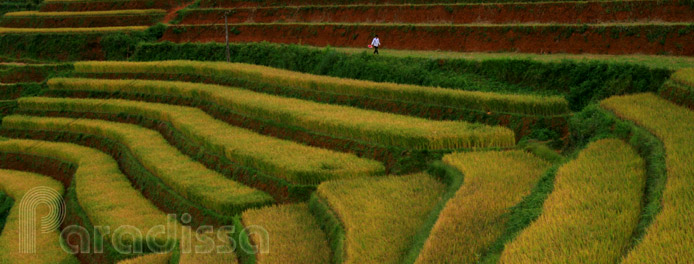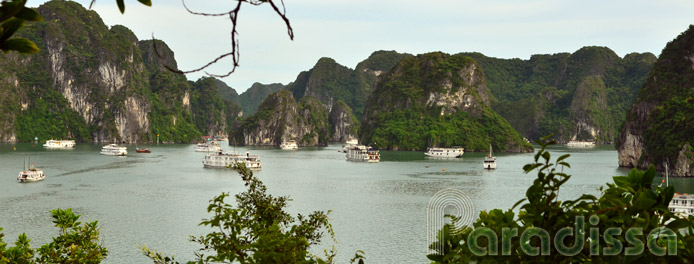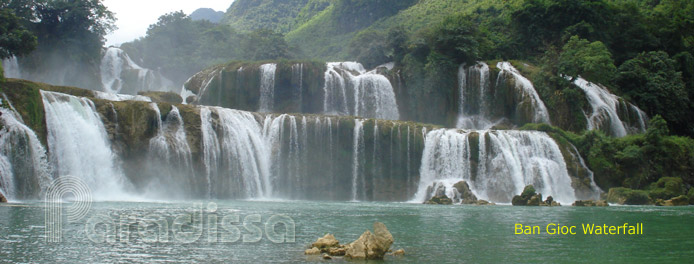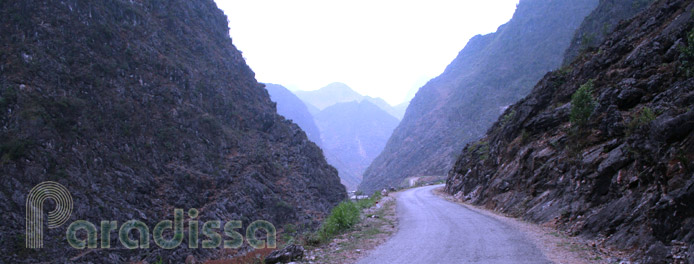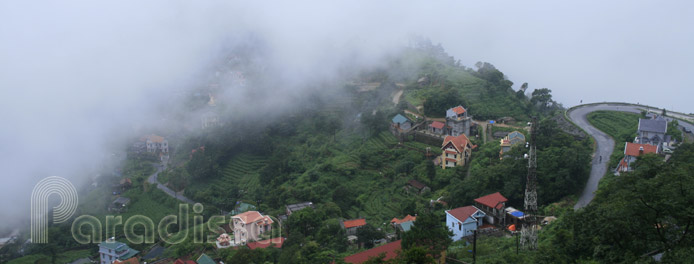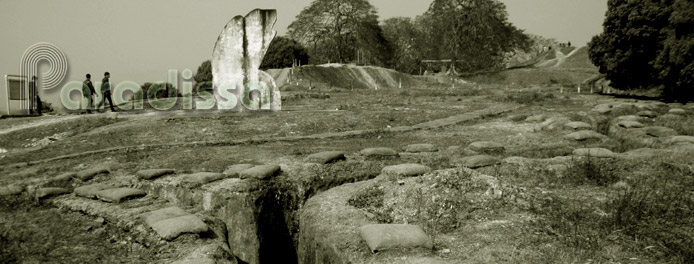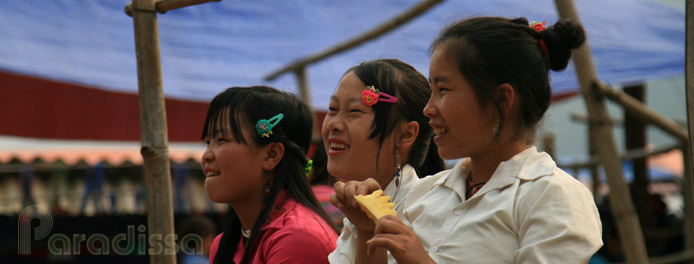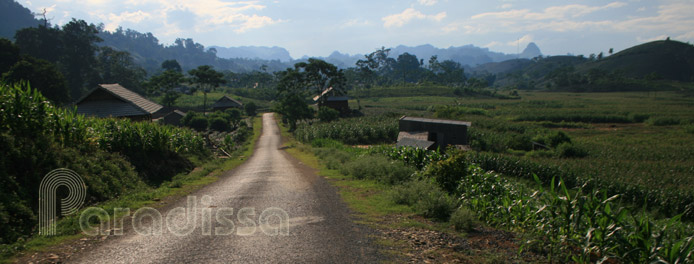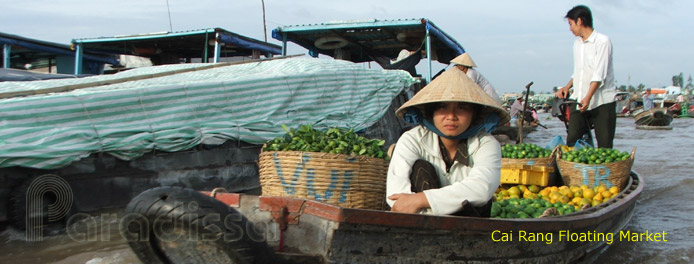Tinh Quang Ngai Holiday Weather today
Date/time of update: April 21, 2025, 2:42 am, Timezone: GMT+7
Clear Sky
Temperature: 30.92°C
Temperature feels like: 30.81°C
Minimum Temperature: 30.92°C
Maximum Temperature: 30.92°C
Atmospheric pressure: 1012hPa
Humidity:40%
Visibility: 10000m
Wind speed: 1.05m/sec
Wind Direction: 81 degrees
Cloudiness: 4%
Sunrise: 2025-04-20 10:27:31
Sunset: 2025-04-21 11:00:16
Son My had been a little peaceful village bordered to the south by the Tra Khuc River and to the east by the East Vietnam Sea. Son My was divided into different hamlets, designated My Lai 1, 2, 3, 4 respectively.
Travel Guide My Lai Massacre, Son My Massacre, Quang Ngai
1/ My Lai Massacre
On March 16, 1968, 504 unarmed civilians of Son My, most of whom were women (some pregnant), children and infants, were massacred. The massacre took place mainly at My Lai 4 (to the west of Son My) and My Lai 2 (to the east of Son My). At the time of the massacre, there were no signs of draft-age men or weapons in the village, neither was there any resistance. The massacre was conducted by Charlie Company of Task Force Barker, US Army. Charlie was commanded by Captain Ernest Medina who who planned, ordered, and supervised the massacre.
2/ Charlie Company of 1st Battalion, US Army
Charlie Company of 1st Battalion, 20th Infantry Regiment, 11th Brigade, 23rd Infantry Division (the Americal Division), arrived in South Vietnam in December 1967. Charlie took over My Lai from the South Korean troops. Charlie didn't engage in any direct contact with the National Liberation Front troops or People's Army of Vietnam from the arrival to mid March, 1968. There were some casualties and deaths caused by mines and booby traps during this time.
3/ Development of the Massacre at My Lai
The “search and destroy mission”, as the massacre was called, was started at 05:30 A.M with ranges of artillery and helicopter gunship pounding the area of Son My followed by helicopters landing troops for the operation. Once the troops landed in the paddy field, the killing spree started. Some people greeted the American troops with their hand were among the first to be gunned down.
Charlie was spearheaded by the 1st Platoon which was led by Second Lieutenant William Calley who charged into the village and went shooting at what ever suspected the VC's hiding positions. Families huddled together and stabbed or shot down from one home to another, be it babies, children, pregnant women, old people...
People hiding in family bunkers were treated with machine guns or grenades; whatever moved on the ground be it humans or animals were targets of the berserk soldiers' guns and bayonets.
Women and female teenagers in the village were gang-raped and then shot dead or stabbed to death. Some villagers were killed and mutilated with the signature “C Company” (for Charlie Company) carved into the body. The moaning wounded were helped to be silent for ever. Whatever left after was supposed to be burned down in fire.
A “cease fire” was ordered in late morning when My Lai was in a carnage: bodies were strewn everywhere; the village irrigation ditch was flooded with blood; fire burned down whatever left that was possible to burn.
4/ Massacre brought to light
While the massacre was taking place on the ground, Warrant Officer Hugh Thompson, Jr., a 24-year-old helicopter pilot and his team including Glenn Andreotta, helicopter crew chief and Lawrence Colburn, helicopter door-gunner were having a mission flight above Son My and found what was happening. Thompson and his crew landed and tried to stop the men of Charlie from killing and helped many villagers escape the massacre, hence fewer body counts than otherwise. Thompson later helped to bring justice back to the victims of My Lai by testifying at the trial against the war crime committed at My Lai.
5/ Report of Victory
Right after the massacre, the first report made by Task Force Barker to Americal Division Office at Chu Lai Base (north of Quang Ngai) which sent it to Sai Gon in the evening of 16-March-1968 for the next day coverage on the media claiming that 128 Viet Cong and 22 civilians were killed. Charlie was congratulated by General William C. Westmoreland, MACV Commander for the outstanding job a few days later.
6/ Attempts for Justice for Victims of the My Lai Massacre
The first investigation of My Lai Operation was conducted under orders from the Americal Division's executive officer, Brigadier General George, which concluded later that 22 civilians at My Lai were killed inadvertently and that there was no massacre as rumors. And the US Army was still referring to My Lai as one of the greatest victory in cracking Viet Cong strongholds.
Another attempt to bring My Lai Massacre to light was made by Tom Glen, a 21-year-old soldier of the 11th Light Infantry Brigade who wrote a letter to the newly-appointed General Commander of the US Forces in Vietnam, General Creighton Abrams, accusing the Americal Division of the massacre. Colin Powell, a 31-year-old Army Major, who later became US Secretary of State, was charged with investigating the letter who came to a conclusion in the end that the letter was refuted by the excellent relations between the US Army and the Vietnamese people.
Ronald L. Haeberle was a United States Army photographer who was assigned to Charlie Company to document the crack of Viet Cong at My Lai. Haeberle had 02 cameras, one owned by the US Army and one owned by himself. The camera of the Army had black-and-white films while his own had color films. After the operation Haeberle turned in the black and white films which had the standard pictures of the search and destroy mission showing US soldiers fighting bravely in fierce combats. But he kept all the color pictures showing the reality of the massacre taken from his own camera.
Ron Ridenhour from Pheonix, Arizona joined the army in March 1967. At the end of 1967, Ridenhour was sent to Vietnam and assigned to be a helicopter gunner on scout missions. Ridenhour flew above Son My a few days after the massacre and found that it was unusually dead scene of the village on the ground but had no idea what had happened. Ridenhour met some former soldiers of Charlie and was told about the massacre after that.
Ridenhour national service term terminated in December 1968 and returned to Phoenix. In March 1969, Ron Ridenhour sent a letter with details describing the massacre at My Lai to the US President Richard M. Nixon, the Pentagon, the State Department, the Joint Chiefs of Staff, and many members of the US Congress. Most ignored Ridenhour's letter claiming later that they had never received it, except Congressman Morris Udall (D-Arizona). The brutality at My Lai was about to be revealed to the public.
November 13 1969, the first full article of the massacre at My Lai by Seymour Hersh, an independent journalist, was published. Many newspapers and magazines followed suite including Time, Life and Newsweek magazines all covering the story; and CBS televised an interview with Paul Meadlo who admitted the crime he and his comrades of the 1st Platoon had committed. At the same time, the shocking pictures of the massacre were published on the Cleveland Plain Dealer newspaper. The pictures were too shocking that the US government and the US Army couldn't once more ignore an investigation.
7/ Courts Martial Rulings
In March 1970, Courts Martial of the US Army charged 14 officers with suppressing information related to the incident, but the charges were soon dropped. Captain Medina denied giving the orders that led to the massacre and was acquitted.
William L. Calley, Jr. was the only one convicted, on September 10, 1971, of premeditated murder for ordering the shootings. He was initially sentenced to life in prison. But he was released a few days later from prison by an order from the US President and later convicted to serve three and one-half months in a military prison. Most of the other men enlisted and involved in the massacre had left the army and escaped court martial.
8/ Travel to My Lai
My Lai is 120 km south of Da Nang (or Hoi An), 13km north-east of Quang Ngai Town (The Provincial Capital of Quang Ngai Province), on the northern bank of the Tra Khuc River. From Da Nang or Hoi An, you travel southward along Highway 1, once facing the Tra Khuc River, take the left turn and travel along the northern bank of the river for 13km, you'll arrive at My Lai where the massacre took place.
9/ On-site Tour of the My Lai Massacre
The site of the massacre now has a memorial to the victims and a museum with the horrific pictures taken by Haeberle. Also there are 02 old women among the survivors weeding the site everyday.
A walking tour would lead you to the ditch which was filled with blood and bodies in 1968 and the coconut tree scarred with bullets of the killings.
The statistics found:
Total number of civilian killed: 504 of which:
182 women (among which 17 were pregnant), 173 children (among which 56 was under 5 months old), 60 old men above 60 years of age and 89 middle-aged men. All the animals were killed during the massacre.



